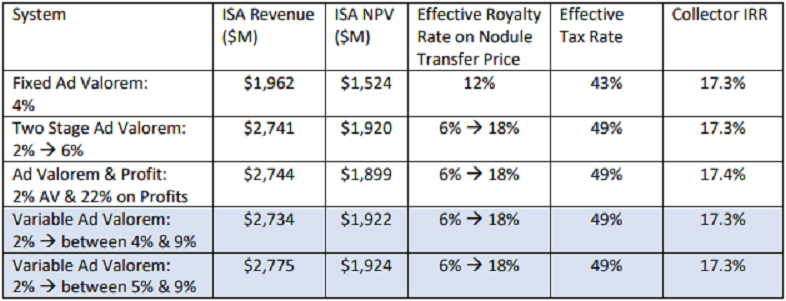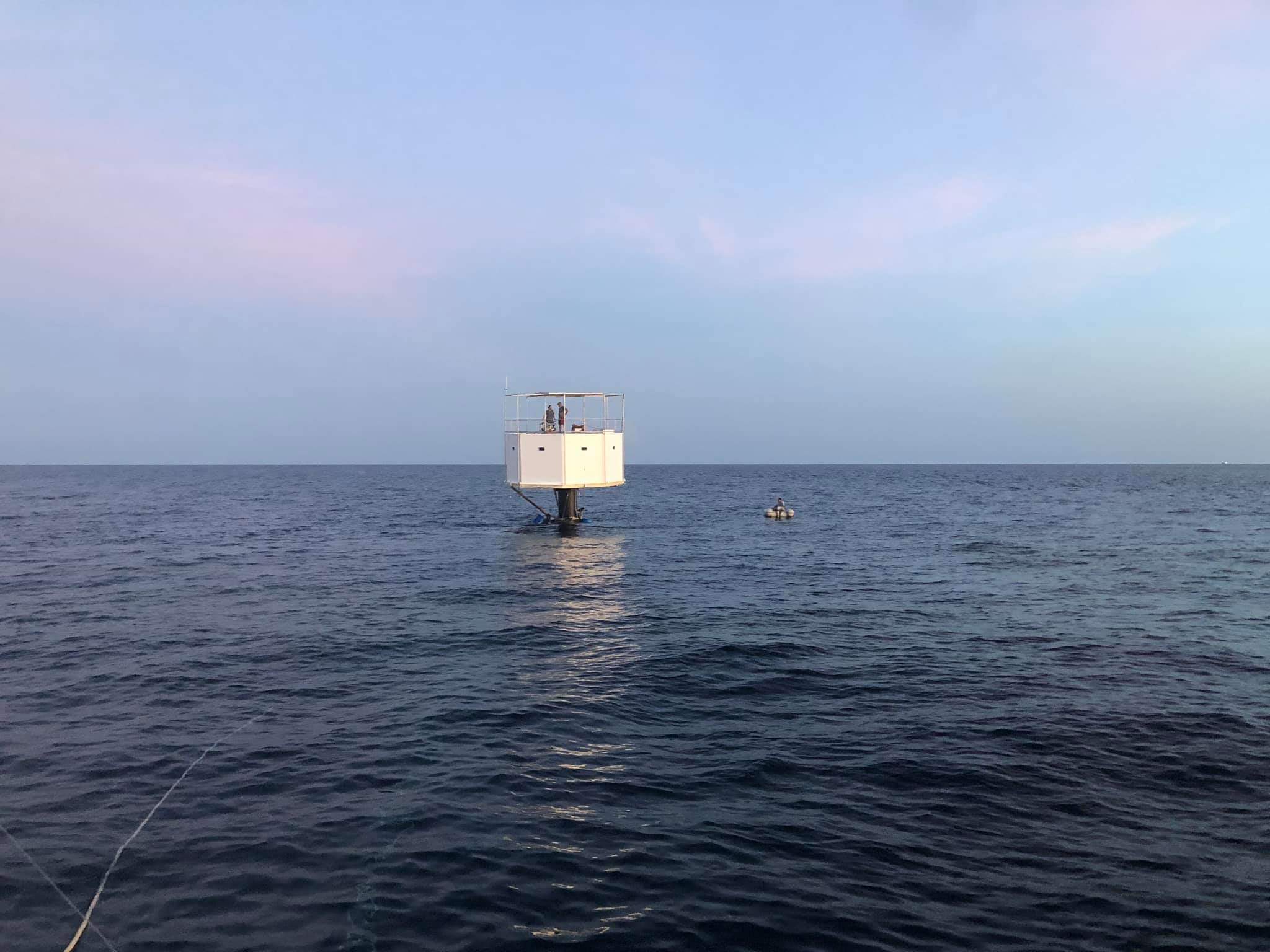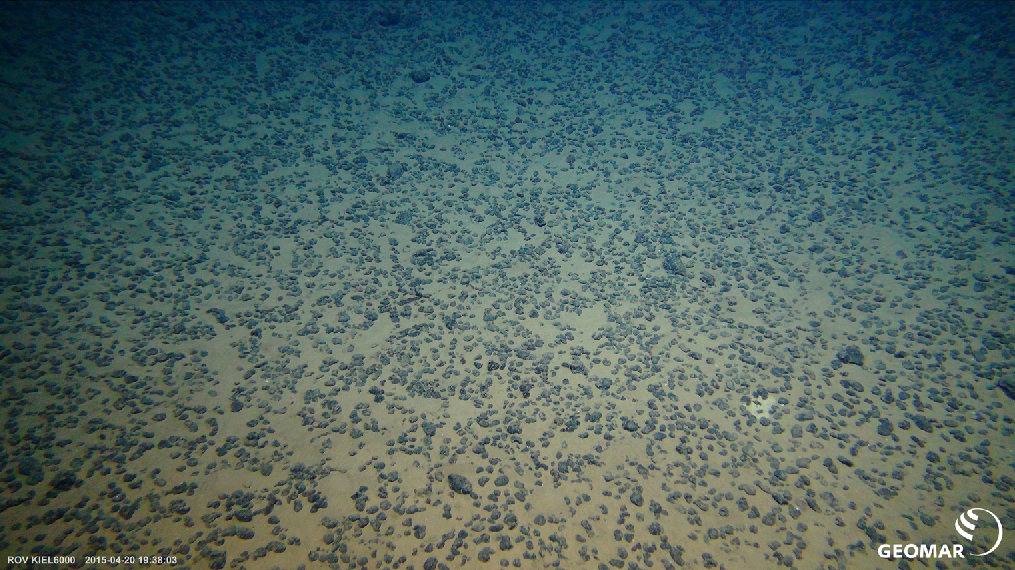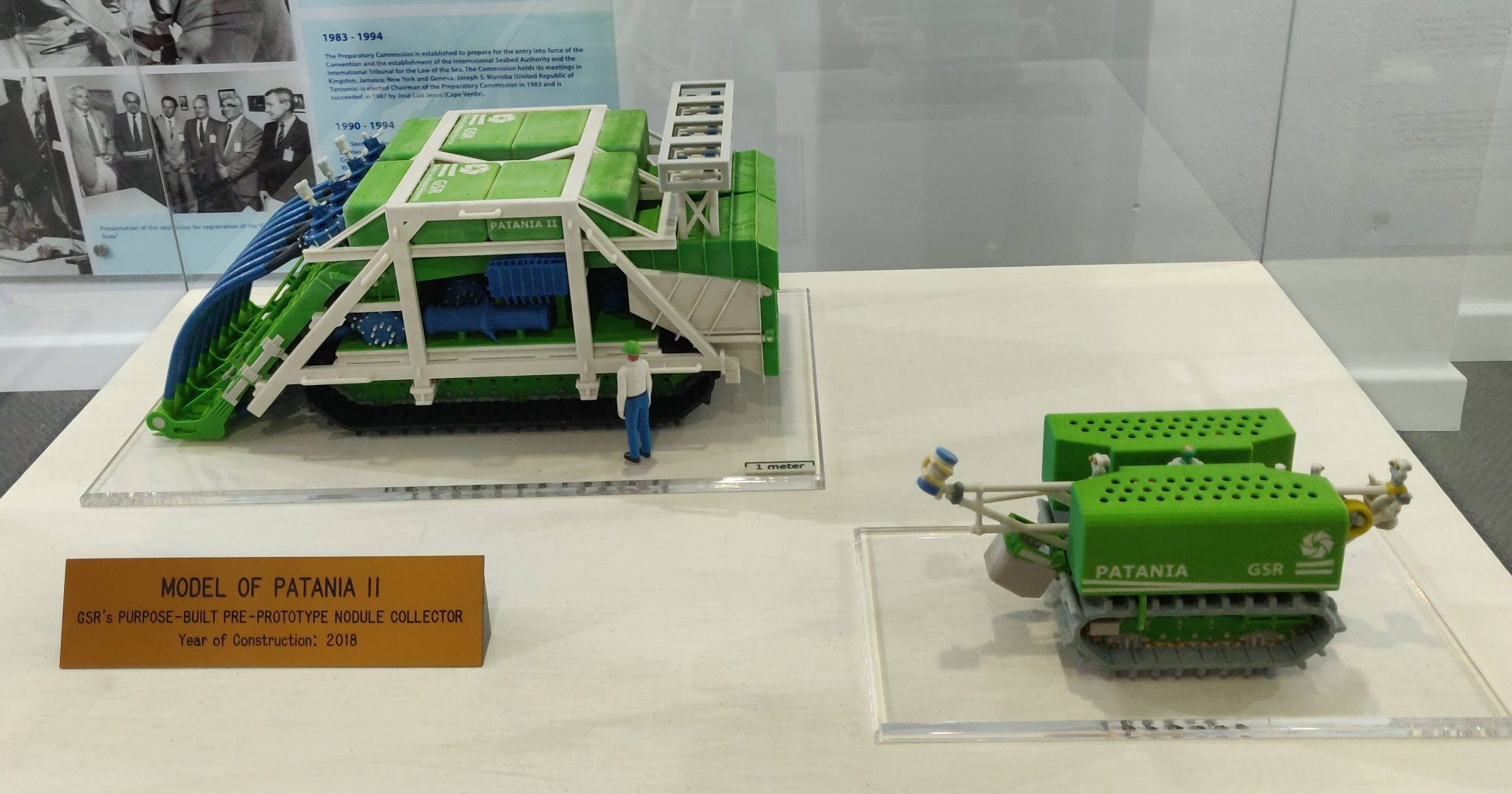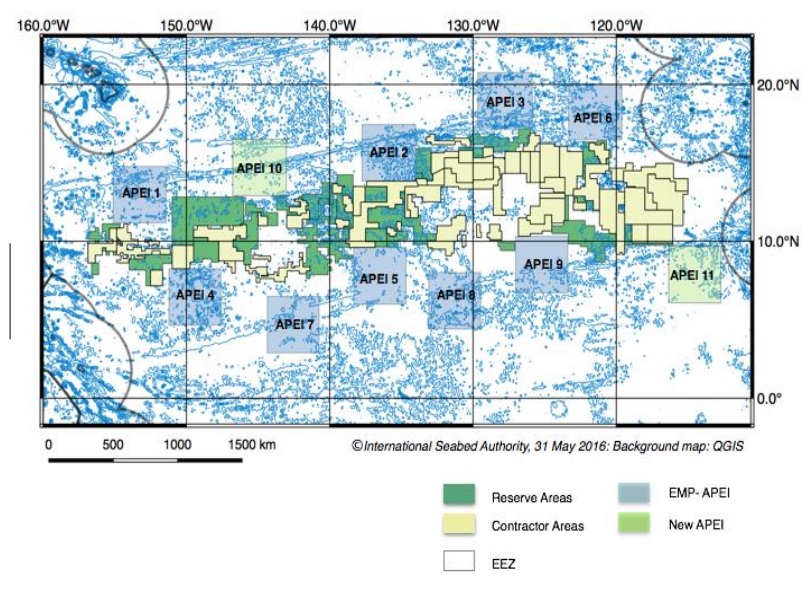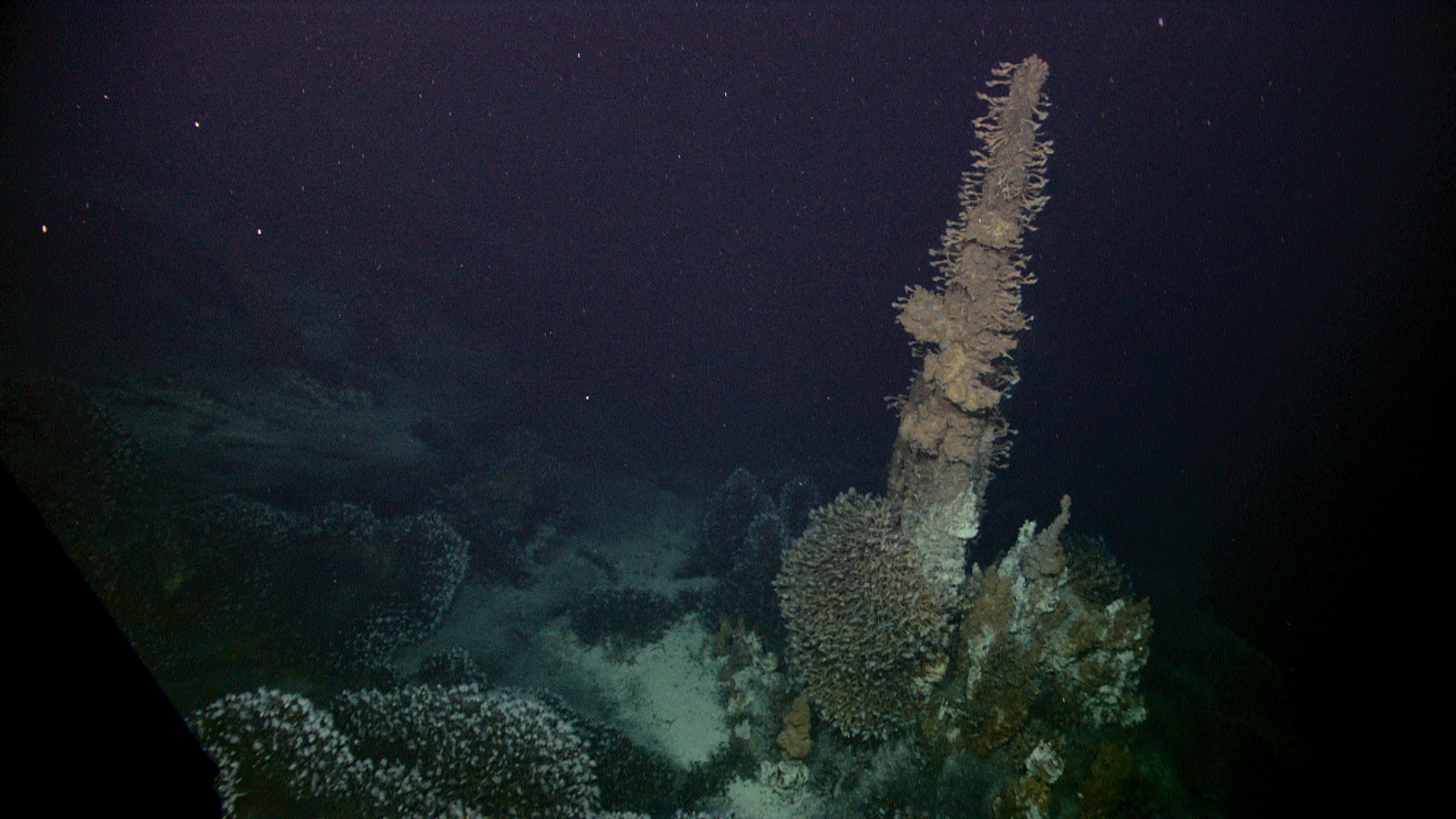While negotiations rage within the halls of the International Seabed Authority over the draft mining code, the operationalization of the enterprise, and the development of the financial model, a second conversation is happening, distributed across the internet and engaging an entirely different cohort of stakeholders. Deep-sea mining attracts a passionate collection of activists, technologists, policy […]
Read More
